
Old Gods and Forgotten Rituals: Bringing Folk Horror to Your D&D Table
At the Gaming Table / Dungeons & Dragons / Horror Series
🩸 Inspired by films like The Wicker Man, Midsommar, and The Witch*
Sometimes, horror doesn’t come from dark towers or ancient tomes — it comes from sunlight, smiling faces, and songs that have been sung for too long.
Folk horror lives in the places between civilization and wilderness, where old gods still linger and the soil remembers every sacrifice. It’s the dread of community, the fear of tradition, and the horror that everyone else seems perfectly fine with it.
In Dungeons & Dragons, folk horror thrives when you let the familiar feel strange — when the kindly herbalist knows too much, or when the local harvest festival ends with one too many cheers for the harvest god.
🌻 The Setting: Isolation and Tradition
Every folk horror tale begins in a place just far enough away from the world the characters know.
A secluded village, a reclusive monastery, a valley that isn’t on any map — these are your stages.
In such places, the old ways have not died; they’ve merely adapted.
Magic is seen as holy, spirits are neighbors, and rituals are community events. But something in those rites has curdled — and when the adventurers arrive, they become part of the pattern.
DM Tools:
-
The people are kind… too kind. Offer hospitality that feels like a trap.
-
Let the players feel welcome before they realize they can’t leave.
-
Replace monsters with belief — the villagers themselves are the threat.
Example:
The mayor invites the party to stay for the Equinox Feast. Every plate is full. Every smile sincere. And at the center of the table, a fresh wreath of thorns bleeds ever so slightly into the bread.
🪶 The Faith of Forgotten Gods
Folk horror thrives on religion twisted by time. The gods worshiped aren’t necessarily evil — they’re hungry.
When the faithful have prayed for centuries without answer, they begin to reinterpret silence as approval.
In D&D, these “forgotten gods” can be ancient nature spirits, fey lords, or even echoes of dead deities who feed on memory and ritual.
DM Tools:
-
Use divine magic as narrative tension. Miracles still work, but at what cost?
-
Let clerics and druids sense divine presences that don’t match their own deities.
-
Introduce sacred relics that function — but feel wrong to use.
Adventure Hook:
The village prays to “The Green Saint,” a kindly harvest spirit said to bless their fields.
But when the crops bloom even after winter’s first frost, and the scarecrows begin to move at night, the truth becomes clear — their god is growing stronger with every sacrifice.
🪵 The Horror of Community
Unlike other forms of horror, folk horror doesn’t isolate characters physically — it isolates them socially.
Everyone smiles. Everyone believes. Everyone is complicit.
The power of the community becomes the monster. They are legion, not through might, but through devotion.
DM Tools:
-
Replace “combat” encounters with mob scenes, rituals, or moral tests.
-
Create NPCs that players grow to trust — then watch as those same NPCs calmly tie someone to the pyre.
-
Let moral victory come at the cost of survival or belonging.
Example Encounter:
The villagers are building something in the square: a towering effigy of vines, bones, and wicker.
It wears a crown of flowers — and beneath the petals, the party recognizes the faces of missing travelers woven into the structure.
🩸 Adventure Hook: The Harvest of Thorns
Each autumn, the hamlet of Brindleacre holds its Festival of Return, celebrating the harvest and giving thanks to the land.
This year, the adventurers are honored guests — seated at the head table, toasted by the mayor, and given garlands of red berries that stain the skin like blood.As the festival continues, the party realizes the songs praise them, not the harvest.
They are the “chosen of the field,” the final offering to ensure next year’s bounty.
The townsfolk mean no harm; they simply love their gods too much to let them go hungry.
Whether the players burn the effigy, join the ritual, or bargain with the god itself, the world will never look the same again.
🕯️ Mechanics Spotlight: The Green Saint
The Green Saint
Lesser Fey Entity (neutral), CR 10
Appearance: A towering figure of woven vines and antlers, eyes glowing with soft green light. Its voice sounds like wind through reeds and the sigh of ripened wheat.
Aura of Growth (Regional Effect):
Within 6 miles of the Green Saint’s shrine, plants grow unnaturally fast, animals give birth to litters twice their size, and rot refuses to take hold. The longer this continues, the hungrier the land becomes.
Bargain of the Bloom:
Once per year, a mortal who offers their life in sacrifice ensures a season of abundance. The Saint honors all pacts — but it never forgets unpaid debts.
Power in Worship:
The Saint’s strength is tied to how many believe. Destroying its followers weakens it; converting them severs its roots entirely.
🌾 Running the Ritual
Folk horror is about belief — and the terror of what happens when belief becomes law.
The best way to make it work at your D&D table is to embrace ambiguity: the villagers might be wrong, or they might be right.
Maybe the crops do die if the sacrifice isn’t made.
Maybe the players are the chosen ones.
Maybe the god in the woods only seems monstrous because it remembers when it was worshiped in truth.
Let your players ask:
“What if the only thing scarier than the god… is the people who need it?”
Thanks for reading. Until Next Time, Stay Nerdy!!






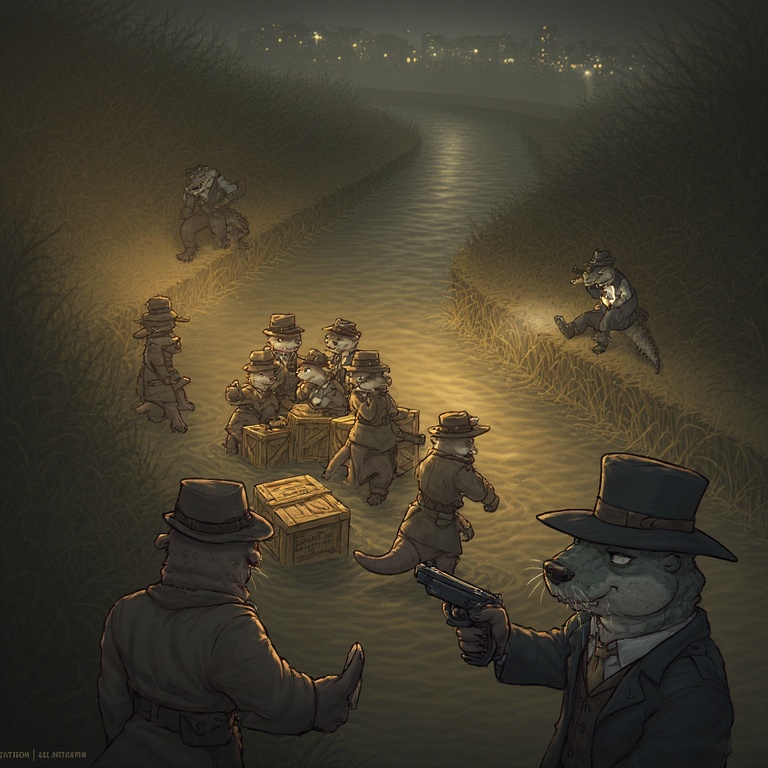
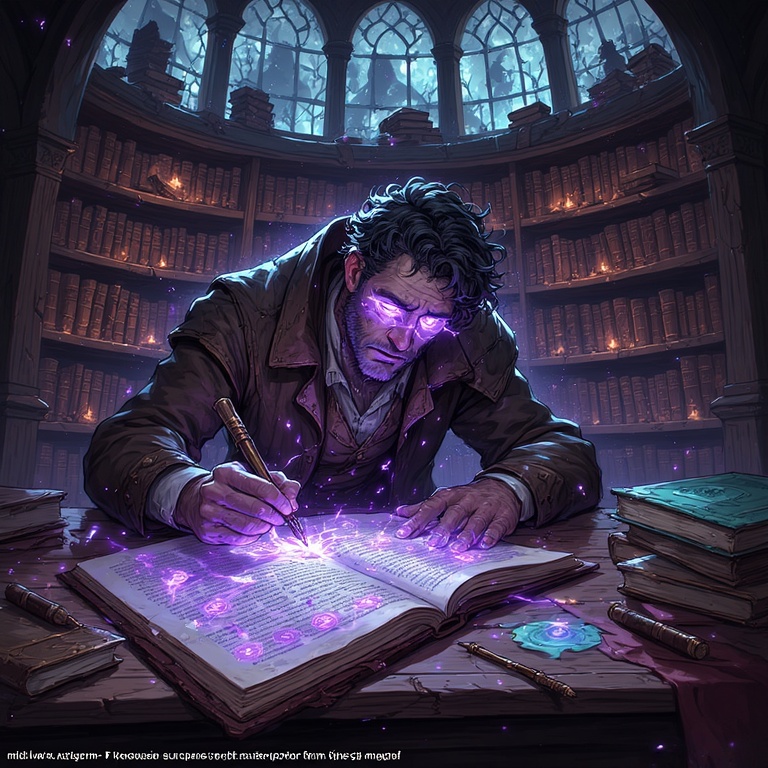
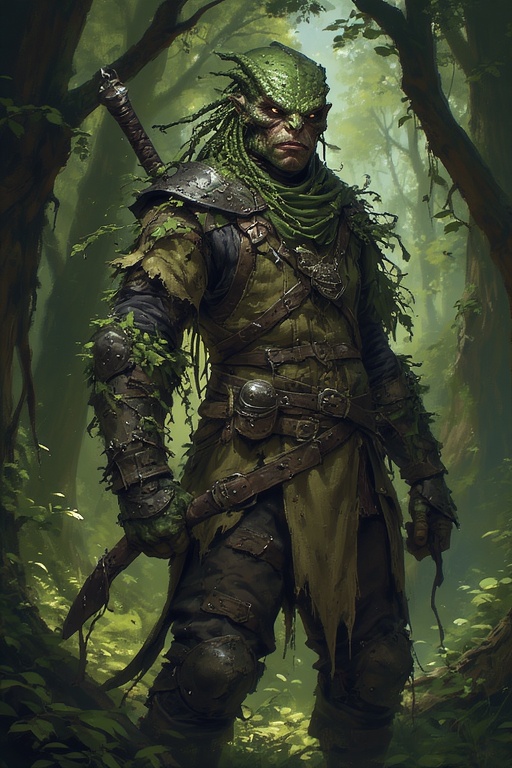
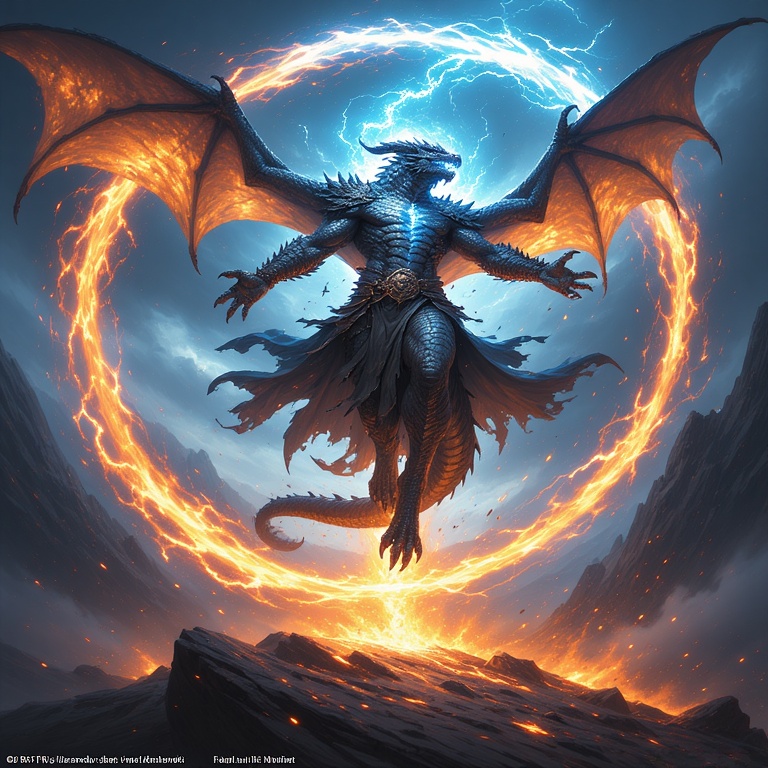
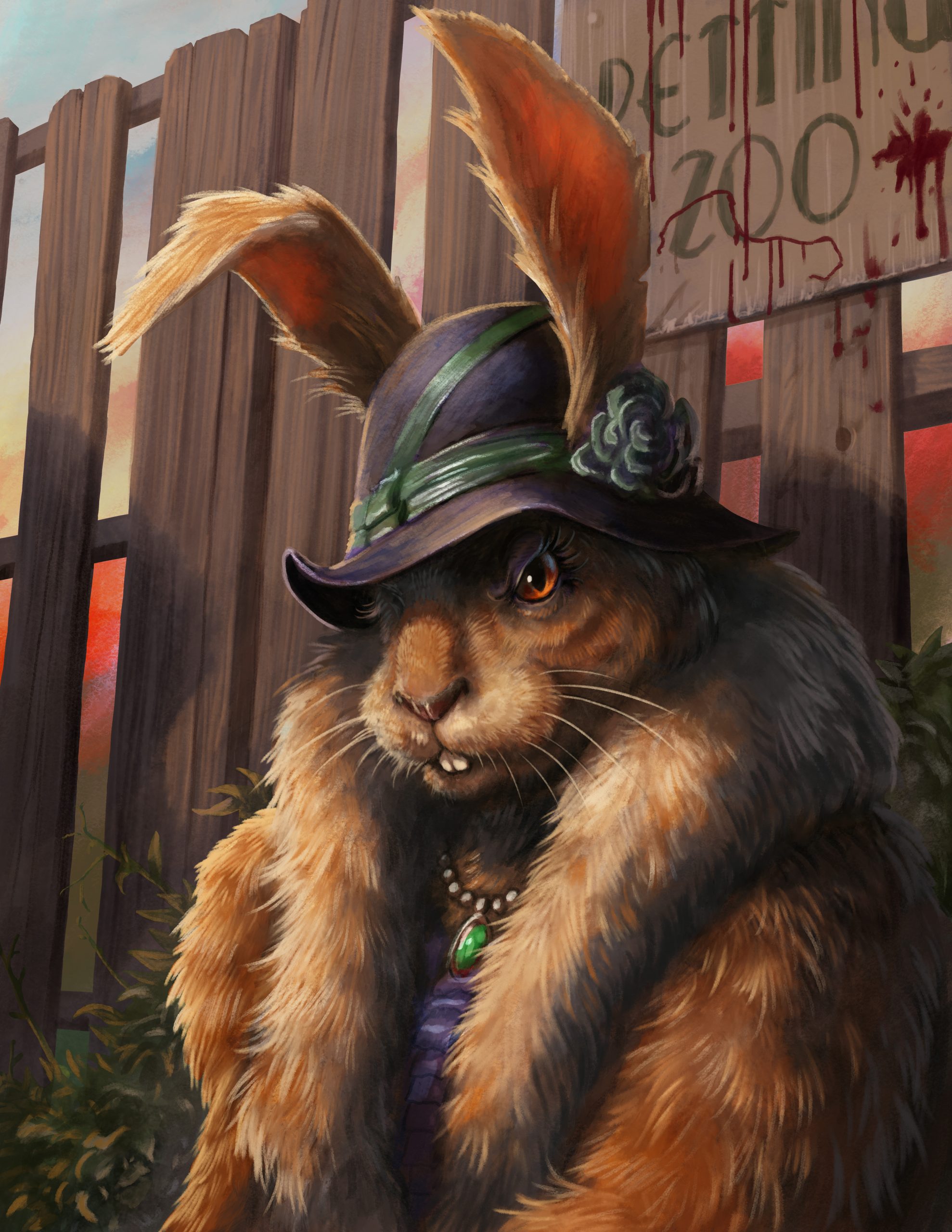
No Comments